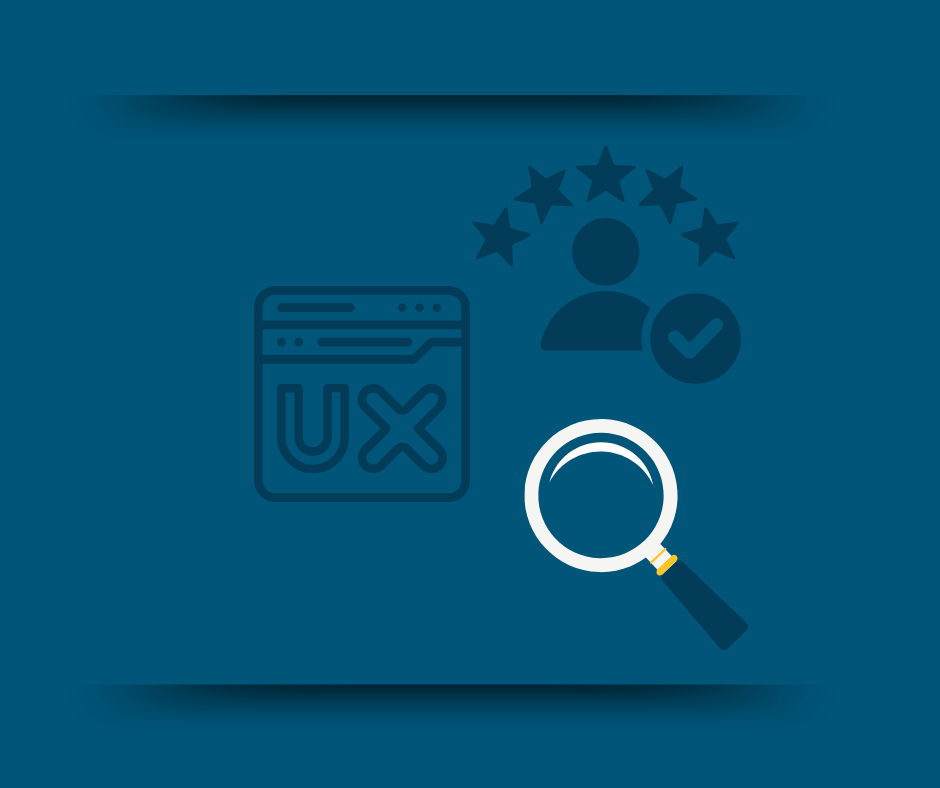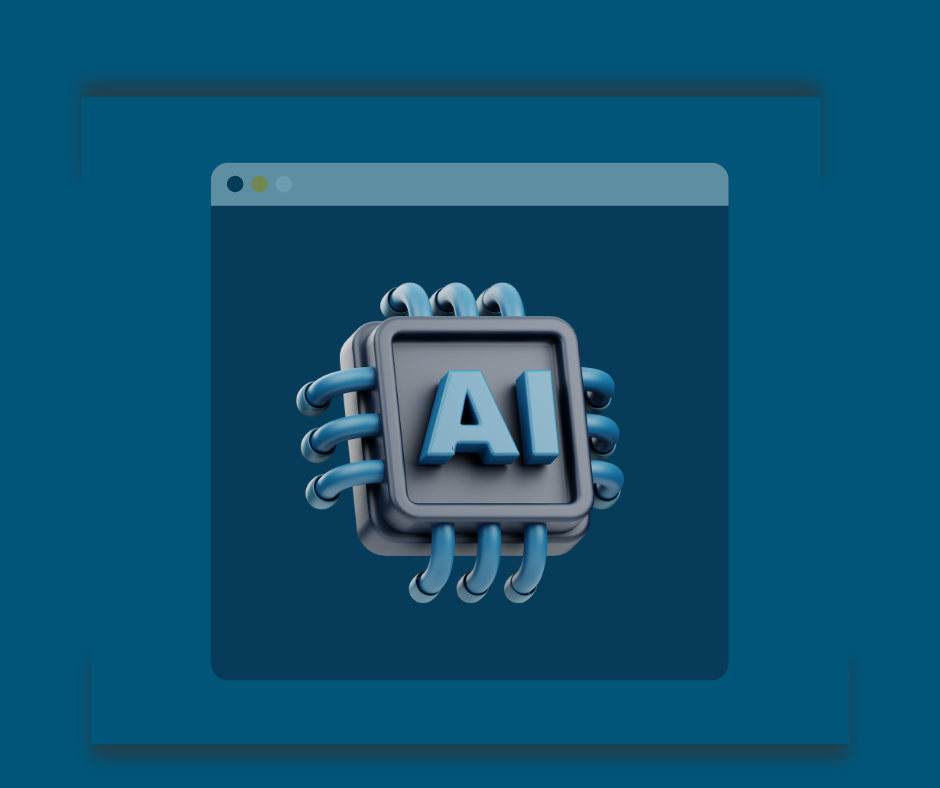In today's digital landscape, where websites compete fiercely for top search rankings, User Experience (UX) has emerged as a critical factor in determining online success. UX encompasses everything from page load speed and ease of navigation to design responsiveness and overall site interaction.
By 2025, Google’s search algorithms will prioritise Core Web Vitals and other UX-related factors, making it essential for businesses to optimise their websites accordingly. Research shows that 76% of users abandon websites with poor design or slow performance, while sites that focus on UX witness a 50% increase in conversion rates.
In this guide, we’ll explore:
- How Google measures and ranks UX.
- The role of UX design in aesthetics and performance.
- The evolution of UX beyond traditional interfaces.
- The future of AI-driven user interface optimisation.
User Experience vs. User Interface: Key Differences for SEO Success
Many businesses confuse User Experience (UX) and User Interface (UI). While both are interconnected, understanding their differences is crucial for effective SEO optimisation.
-
User Interface (UI): Focuses on the visual layout, colours, fonts, and design elements that users interact with.
-
User Experience (UX): Encompasses the overall usability, page speed, navigation, and how users feel when engaging with a website.
For instance, e-commerce platforms with intuitive navigation, fast load times, and mobile-friendly layouts significantly outperform competitors in terms of engagement and sales.

How Google Measures and Uses UX for Rankings in 2025
Search engines, particularly Google, now rely heavily on real-time user behaviour and technical performance metrics to determine website rankings. The most crucial factors include:
Core Web Vitals:
-
Largest Contentful Paint (LCP): Measures how fast the main content loads.
-
First Input Delay (FID): Evaluates how quickly the website responds to user actions.
-
Cumulative Layout Shift (CLS): Ensures visual stability to prevent sudden shifts in content.
Why This Matters for SEO
A website that delivers a seamless experience ranks higher because it:
-
Reduces bounce rates.
-
Increases session durations.
-
Enhances conversion potential.
Example: In 2024, the UK-based retail giant "Argos" boosted its organic traffic by 30% after improving its page speed to under 2.5 seconds.
UX Design in 2025: Beyond Aesthetics to Performance and Engagement
UX design is no longer just about colours and fonts—it’s about creating functional, user-centric websites. Some key factors include:
- Mobile Responsiveness: With over 65% of searches coming from mobile devices, websites must adapt seamlessly to all screen sizes.
- Clear Visual Hierarchy: Using headings (H1, H2, H3) and structured layouts improves readability and enhances search visibility.
- Page Speed Optimisation: Faster loading websites experience a 40% lower bounce rate, according to Google Search Console.
A well-designed UX doesn’t just attract users—it retains them, encouraging return visits and higher conversion rates.
The Future of UX: AI, Personalisation, and Smart User Interactions
By 2025, UX design will shift beyond traditional interfaces and incorporate AI-driven personalisation. Websites will leverage machine learning to:
-
Deliver real-time content recommendations based on user behaviour.
-
Provide AI-guided navigation for smoother user journeys.
-
Improve customer engagement through chatbots and automated support.
Key Trends to Watch:
-
Micro-Interactions: Small animations that enhance engagement and increase retention by 34%.
-
Emotional Design: Creating interfaces that evoke positive emotions, improving user loyalty by 27%.
-
Sustainable UX (Green Design): Energy-efficient interfaces that improve brand perception and reduce environmental impact.
Example: The "Tesco" website in the UK adopted predictive UX design, leading to an 18% drop in bounce rates and a 25% revenue increase within six months.
Modern UI/UX Challenges and Solutions for Higher Engagement in 2025
While modern web design presents incredible opportunities, it also comes with challenges. Balancing visual appeal and performance is key to achieving an optimal UX.
Common Challenges:
-
Overloading websites with animations and heavy graphics, which can slow page speed.
-
Complex navigation structures that confuse users.
-
Lack of mobile-first optimization.
Effective Solutions:
-
Use Performance Analytics: Google Page Speed Insights and Hotjar help monitor UX metrics.
-
Implement A/B Testing: Continuously test different designs to find the best-performing layouts.
By integrating these strategies, businesses can maximise engagement, improve search rankings, and boost conversion rates.

How AI Will Redefine User Interfaces and SEO by 2028
As AI technology advances, websites will no longer just display information—they will adapt dynamically based on user behaviour.
Predictions for the Future:
-
AI-Powered UX: Websites that modify content, layout, and functionality in real-time.
-
Voice and Visual Search Optimisation: The rise of voice search and AI-powered image recognition.
-
Smarter Personalisation: Delivering content tailored to individual users without compromising data privacy.
By 2028, AI-driven UX design will set a new benchmark for SEO success, making websites more interactive, intuitive, and efficient.
Conclusion: Why UX Optimisation is the Key to Dominating Google Search Rankings
User experience is no longer a luxury—it’s a necessity for higher search rankings, improved engagement, and increased conversions.
To stay ahead in 2025 and beyond:
-
Analyse your UX metrics using Google Search Console.
-
Invest in fast, mobile-friendly, and visually engaging designs.
-
Leverage AI and automation to enhance personalisation and customer interactions.
The future of search rankings is human-centric: Deliver a superior user experience, and Google will reward your website accordingly.

.webp)

